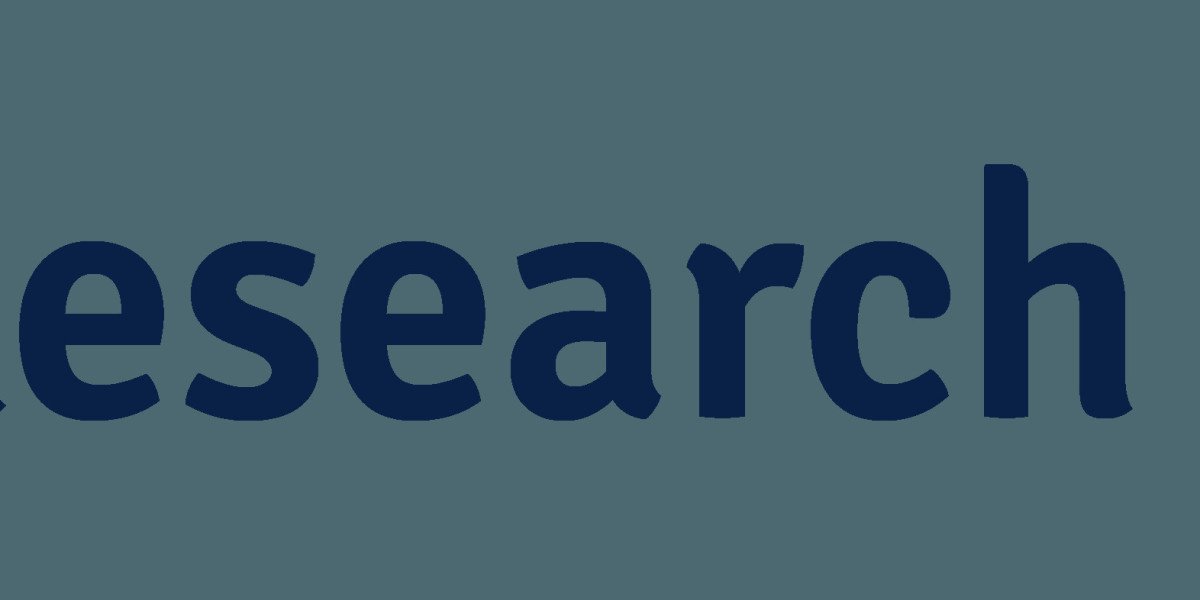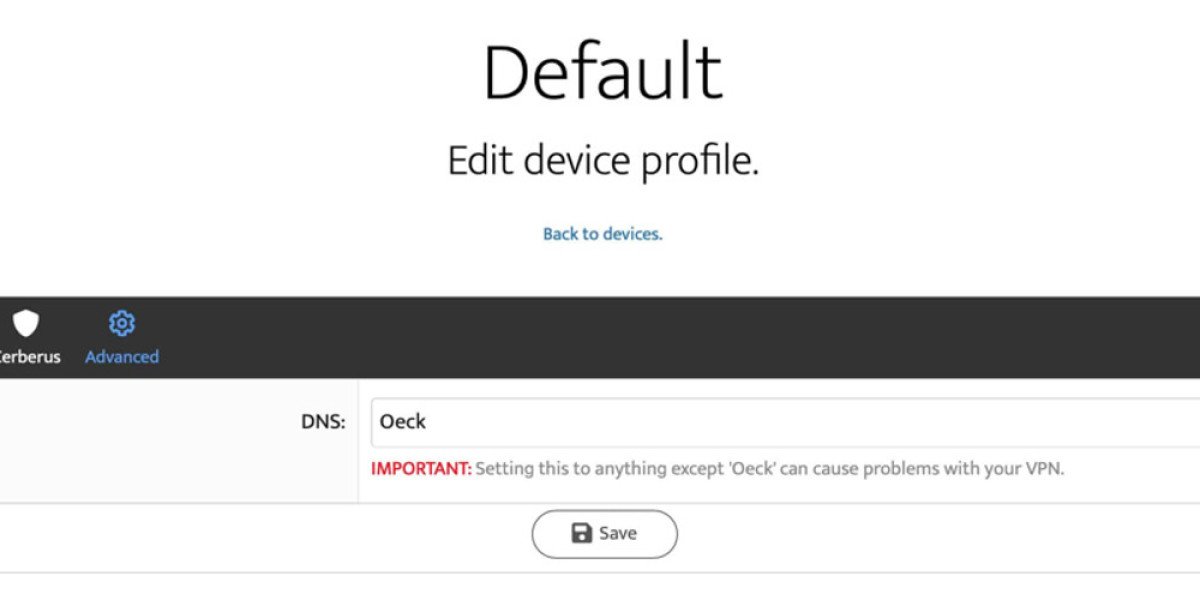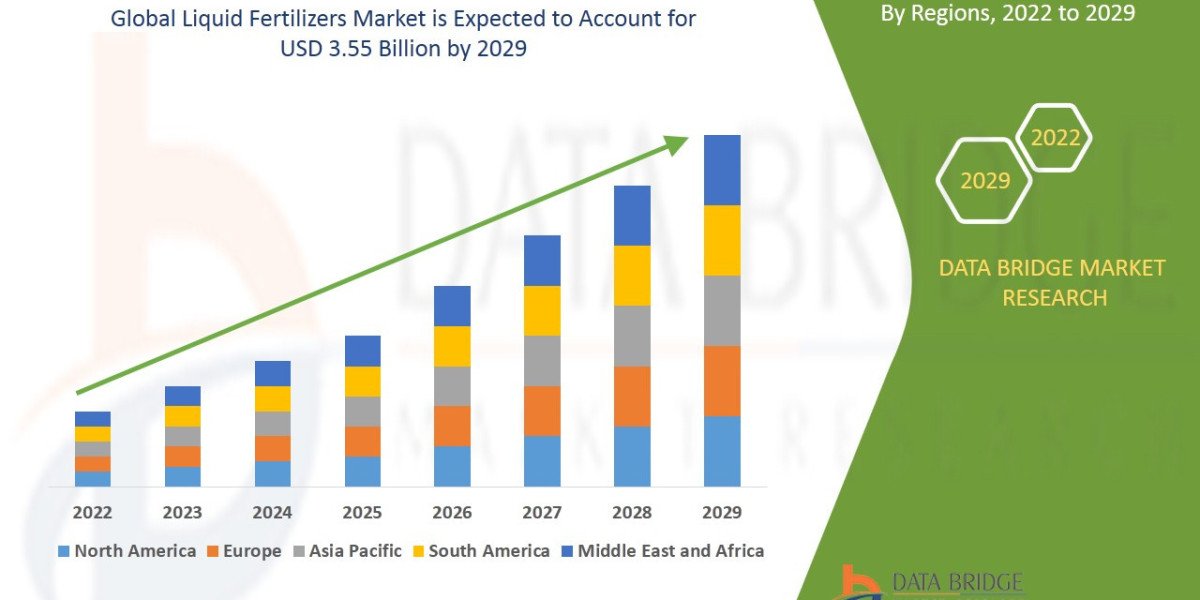The Flight Hazard Alerting Apps Market is gaining remarkable traction as global aviation operators emphasize proactive safety measures and real-time hazard detection. These digital applications are transforming flight operations by providing pilots and airlines with immediate alerts about potential risks, including weather turbulence, terrain proximity, and restricted airspace violations.
As aviation traffic continues to rise and flight routes become increasingly complex, the demand for reliable hazard alerting solutions has surged. These apps, powered by artificial intelligence (AI), satellite data, and predictive analytics, enable faster decision-making and enhance overall flight safety.
According to insights from Research Intelo, the Flight Hazard Alerting Apps Market is projected to expand significantly over the coming decade, driven by the integration of advanced communication networks, mobile technology adoption, and safety regulations across civil and commercial aviation sectors.
? Request a Sample Report: https://researchintelo.com/request-sample/115543
Market Drivers
One of the primary drivers fueling the growth of the Flight Hazard Alerting Apps Market is the increasing global emphasis on aviation safety and risk mitigation. Airlines and pilots are turning to digital alerting systems to enhance situational awareness and prevent flight disruptions caused by unexpected hazards.
Moreover, the integration of real-time data analytics and satellite-based monitoring enables early detection of turbulence, icing, and other in-flight risks. Such predictive features reduce operational risks, optimize route planning, and improve passenger safety, contributing to the rapid adoption of these applications.
Key market drivers include:
Growth in global air traffic and commercial flight operations
Stringent aviation safety mandates by regulatory authorities
Rising use of AI, IoT, and predictive algorithms in flight management systems
Demand for user-friendly, mobile-compatible aviation safety solutions
Market Restraints
Despite the promising growth outlook, several restraints could affect market expansion. The high cost of integrating flight hazard alerting apps into legacy aircraft systems remains a significant challenge, especially for smaller operators.
Additionally, the accuracy of data inputs from external sources such as weather satellites and radar systems can impact the reliability of alerts. Cybersecurity concerns surrounding mobile-based aviation tools also pose potential risks, requiring continuous software validation and data protection mechanisms.
However, ongoing innovation in secure aviation software and cost-effective subscription models is expected to mitigate these concerns and accelerate market adoption.
Market Opportunities
The Flight Hazard Alerting Apps Market presents substantial opportunities as aviation stakeholders move toward smart flight ecosystems. The integration of 5G connectivity and cloud-based processing allows for faster, more precise data exchange between aircraft and ground control systems.
Emerging technologies such as augmented reality (AR) and voice-assisted navigation are expected to enhance the user experience of hazard alerting platforms. Additionally, the rise of unmanned aerial vehicles (UAVs) and urban air mobility systems creates new demand for digital hazard management applications designed for autonomous operations.
The increasing collaboration between aviation authorities and tech innovators will further drive global standardization and widespread adoption of these safety tools.
? View Full Report: https://researchintelo.com/report/flight-hazard-alerting-apps-market
Market Dynamics and Value Insights
Research Intelo’s latest report reveals that the global Flight Hazard Alerting Apps Market is projected to record steady revenue growth during the 2025–2032 forecast period. Market value expansion is primarily supported by rising adoption across commercial airlines, cargo operators, and general aviation sectors.
The increasing digitalization of flight management systems enhances the role of mobile alerting platforms in operational decision-making. These applications, often synchronized with cockpit displays and weather radar data, offer real-time insights into potential hazards, minimizing human error and improving flight efficiency.
Furthermore, data-driven safety solutions are becoming integral to next-generation aircraft, contributing to fuel optimization and reduced environmental impact by preventing weather-related diversions and delays.
Regional Insights
North America currently dominates the Flight Hazard Alerting Apps Market, supported by strong investments in aviation safety technologies and a robust network of software developers specializing in flight management tools. The region’s regulatory emphasis on advanced safety compliance has accelerated adoption among airlines and private operators.
Europe follows closely, with growing integration of mobile flight alerting systems across commercial and regional carriers. The increasing focus on sustainability and efficient airspace management supports further deployment of hazard alerting tools.
Meanwhile, Asia-Pacific is anticipated to witness the fastest market growth, driven by rising air travel demand, emerging aviation infrastructure, and government initiatives promoting smart flight safety systems. Countries such as India, China, and Japan are investing heavily in digital aviation solutions to enhance flight reliability and safety.
? Enquire Before Buying: https://researchintelo.com/request-for-customization/115543
Future Outlook
The future of the Flight Hazard Alerting Apps Market looks promising as technological innovation continues to transform aviation operations. As mobile connectivity becomes more advanced and data analytics capabilities evolve, these applications will play a central role in predictive flight safety management.
Research Intelo forecasts that next-generation hazard alerting systems will feature autonomous response capabilities, automatically suggesting safer altitudes or reroutes based on real-time environmental data. Integration with AI-driven flight management and voice recognition systems will further streamline pilot workflows, enhancing both efficiency and safety.
Moreover, partnerships between aviation software developers and regulatory agencies will help establish standardized guidelines, ensuring data consistency and compliance across all aircraft types. By 2032, Flight Hazard Alerting Apps are expected to become standard in most commercial and private aviation fleets worldwide.
This evolution marks a pivotal step toward the vision of intelligent, zero-incident air travel—empowered by digital innovation and proactive safety culture.
? Check Out the Report: https://researchintelo.com/checkout/115543




